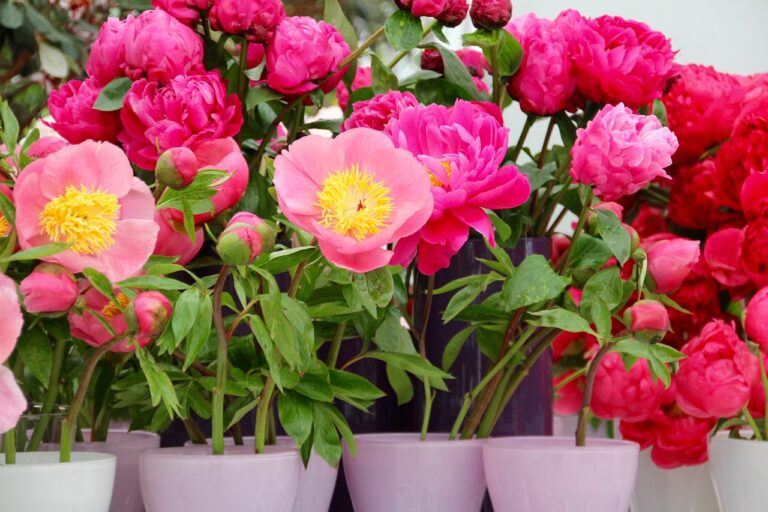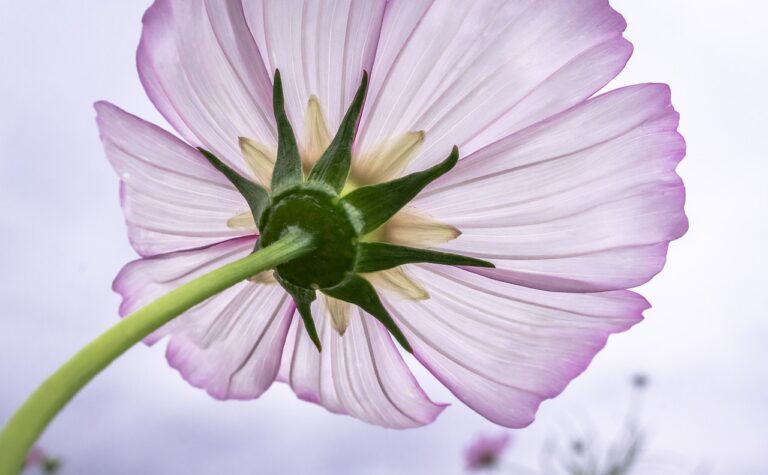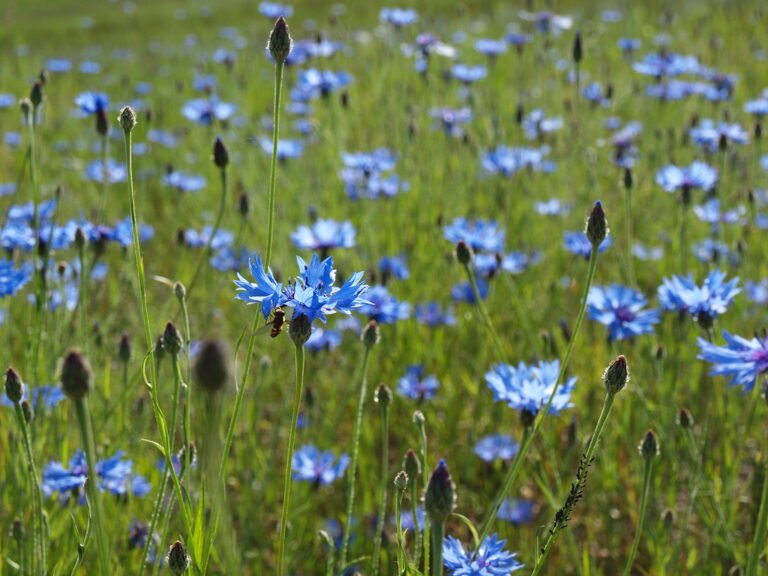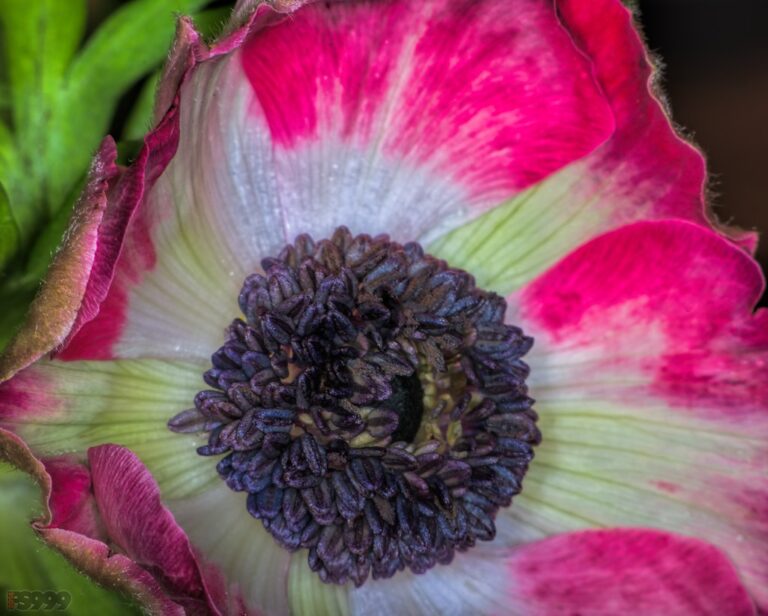Integrating Flower Beds and Borders Into Your Landscape Design
Incorporating flower beds and borders into your landscape design is crucial for a lively outdoor area. Choose plants based on sunlight requirements and flowering periods. Arrange them strategically for visual appeal. Utilize decorative grasses for added texture. Position borders to outline spaces and direct visitors. Blend flower beds for a range of colors. Trim, hydrate, and mulch for upkeep. Optimize sunlight exposure and adjust plant placement accordingly. Select plants with varying flowering seasons for seasonal diversity. Introduce variety with plant varieties, hues, and textures. Enhance your garden with these suggestions. Your outdoor area will prosper with these design tactics.
Plant Selection for Flower Beds
When selecting plants for your flower beds, it is crucial to take into consideration their sunlight requirements for optimal growth and health. Grouping plants with similar sunlight needs together not only guarantees they thrive but also simplifies maintenance. Consider incorporating a mix of perennial plants with different bloom times to make certain your flower beds have continuous color throughout the seasons. This strategic planning can enhance the visual interest of your landscape design.
In addition to flowers, don’t overlook the impact ornamental grasses can have in your flower beds. These versatile plants add texture, movement, and year-round interest to your garden. When designing your flower beds, think about the height and shape of the plants to create a dynamic and visually appealing layout. Taller plants can serve as focal points, while lower-growing ones can be used as borders or ground cover.
Strategic Placement of Borders
To improve the layout and visual appeal of your landscape design, strategic placement of borders can be instrumental in defining garden areas, pathways, or property lines. Borders offer a creative way to delineate different spaces within your garden. When arranging plants in borders, consider incorporating a mix of flower beds to add color and variety. Utilizing borders effectively can help maximize your garden space and create a cohesive look. By strategically placing borders along pathways or around garden features, you can guide visitors through your garden while highlighting key focal points.
In garden design, borders are a versatile tool that can add structure and organization to your outdoor space. They can serve as connectors between various elements such as lawn areas, flower beds, or hardscaping features. Borders also offer a great opportunity to make use of vertical space by selecting plants that vary in height and texture. This mixed border approach adds visual interest and depth to your landscape design. When planning the placement of borders, consider the overall flow of your garden and how they can enrich the overall aesthetic. By thoughtfully incorporating borders into your landscape design, you can create a well-defined and visually appealing outdoor space.
Effective Maintenance Tips for Landscapes
Effective maintenance of landscapes requires consistent pruning, watering, pest monitoring, mulching, and soil testing to guarantee plant health and vitality. Pruning is essential to remove dead or overgrown branches, promoting new growth and flowering in flower beds. Implementing a regular watering schedule is critical to make sure plants receive sufficient moisture, especially during dry periods. Monitoring for pests and diseases is essential; early detection allows for prompt treatment, preventing further damage to your garden.
Mulching flower beds offers various benefits, such as suppressing weeds, retaining soil moisture, and providing insulation for plant roots. Regularly mulching also improves the aesthetic appeal of your landscape design. Conducting soil testing helps assess nutrient levels and pH balance, enabling you to adjust fertilization to support the best plant health. By understanding your soil composition, you can provide the necessary nutrients for your plants to thrive.
Incorporating these maintenance tips into your routine will not only improve the beauty of your landscape but also ensure the longevity of your plants. Prioritizing plant health through proper care and maintenance is key to a flourishing garden.
Maximizing Sunlight in Garden Design
Strategically placing flower beds and borders to maximize sunlight exposure is essential for enhancing plant growth in your garden design. When creating your flower garden, consider the orientation of your outdoor spaces to make sure that your garden beds receive abundant sunlight throughout the day. Opt for sun-loving plants such as marigolds, petunias, and sunflowers in areas with direct sunlight. To make the most of sunlight in shaded areas, incorporate reflective surfaces like white stones or light-colored mulch to bounce sunlight onto your plants.
Regularly monitoring sun patterns in your garden is vital for adjusting plant placement accordingly. Observe how the sunlight moves across your outdoor spaces throughout the day and make adjustments as needed to guarantee that each plant receives the right amount of sunlight for ideal growth. By actively managing sunlight exposure and plant placement, you can create a thriving garden that showcases the beauty of your selected flora. Remember, a well-thought-out garden bed design that maximizes sunlight can make a significant difference in the health and vibrancy of your plants.
Incorporating Seasonal Variety in Landscapes
For a dynamic and visually appealing landscape design, incorporating a mix of annuals, perennials, and bulbs is vital to guarantee year-round interest. By strategically selecting plants with different blooming times, you can make sure there is always something in flower or displaying attractive foliage, maintaining a visually appealing display throughout the seasons. Planning for seasonal highlights and variations is crucial in creating a vibrant landscape that evolves with the changing weather conditions.
To achieve a diverse and visually appealing display, consider combining a variety of plant types such as flowering shrubs, annuals, perennials, and bulbs. Choose plants that not only vary in blooming times but also in colors, textures, and overall appearances. This combination will create a dynamic landscape that captures attention and provides visual interest throughout the year.
When selecting plant varieties, pay close attention to their seasonal characteristics. Some plants may thrive in spring, while others shine in summer or fall. By incorporating a range of species that complement each other and offer seasonal variety, you can maintain a constantly evolving and engaging landscape design that showcases nature’s beauty in all its forms.






